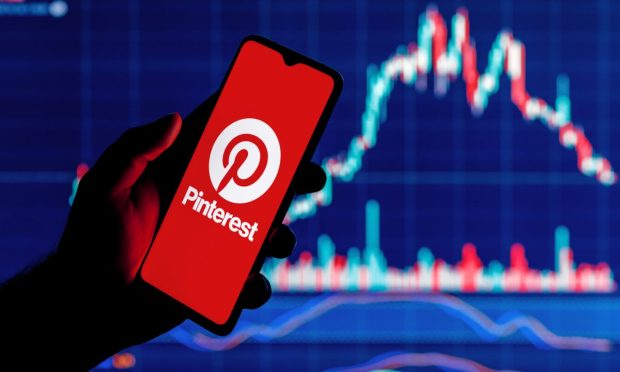Pinterest Q2 Results Highlight Renewed Focus on Shopping, eCommerce

Pinterest’s second-quarter earnings results, posted Monday (Aug. 1), reflected recent efforts by the social media company to move forward with a greater focus on shopping and eCommerce.
According to the company’s press release, Pinterest was still able to grow revenues even though its base of monthly active users slid by 5% for the three months ended June 30.
“Pinterest achieved 9% revenue growth year over year in Q2, or 10% revenue growth on a constant currency basis, despite the uncertainty facing our advertisers,” Ready said. “We accelerated our investment in shopping and ecommerce this quarter, and I am thrilled by the dedication of our leaders and employees to continue to build a positive place on the Internet.
“Pinterest is uniquely positioned to tackle unsolved problems in our industry, capitalize on long-term digital commerce trends and help people go from inspiration to realization,” Ready added.
After the latest decline, the company officially ended Q2 with 433 million active, and Pinterest said its expectation for the third quarter was for mid-single-digit growth, when foreign exchange headwinds are factored in due to the strength of the U.S. dollar.
Pinterest has been more focused on eCommerce as of late, with the company rolling out a series of new merchant features and tools.
Read more: Pinterest’s Jeremy King on Getting Serious About Converting Inspiration to Sales
The objective of the tools, including the Pinterest API for Shopping, Product Tagging for Pins, Shop Tab on Business Profiles and Video in Catalog, is to make the platform more shoppable while keeping its basic original objectives.
Jeremy King, Pinterest senior vice president and head of engineering, said those features were already in motion before Ready, an ex-Google executive, joined the company.
“We needed a canonical catalog — we built it over the last three years and now have hundreds of millions of items and feeds from everybody from Etsy to Wayfair to Walmart to Amazon,” King said. “We have a good baseline set up for a shopping ecosystem.”
